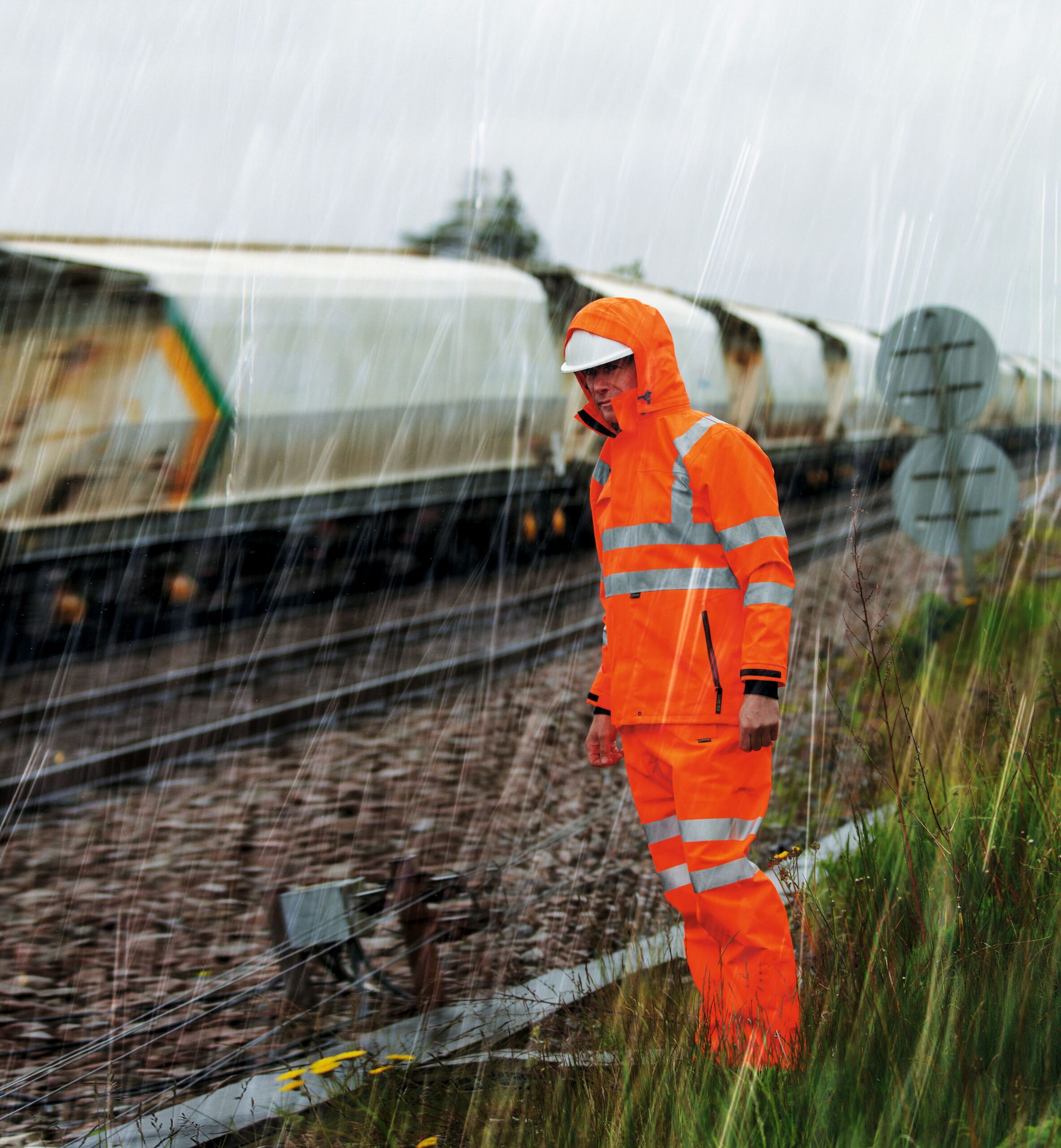PPE
How to stand out safely this winter
Arco advises on managing workers comfort in winter, while also sharing guidance on being safe and seen when working outdoors during the months ahead.
 As we move into the winter season, people who spend time working outdoors will face freezing temperatures, heavy rain and strong winds which can cause irrational or unsafe behaviour as ill-equipped employees can make mistakes and take shortcuts to avoid being exposed.
As we move into the winter season, people who spend time working outdoors will face freezing temperatures, heavy rain and strong winds which can cause irrational or unsafe behaviour as ill-equipped employees can make mistakes and take shortcuts to avoid being exposed.
Studies show that accidents can increase by up to 35% as a result so it’s essential that employers ensure workers are protected from the effects of working outdoors, in order to prevent cold stress and cold related injuries.
Individual needs
Thermal comfort is affected by many factors, some environmental and some of them personal to individuals. A person’s physical characteristics should always be considered when reviewing thermal comfort; factors such as their size and weight, age, physical fitness level and gender can have an impact on how they feel, even if environmental factors such as air temperature and humidity are constant.
For instance, some people may feel uncomfortable carrying out the same task as others in the same environment. This means workers will need to be able to adapt what they wear to achieve their own optimum level of thermal comfort.
The Layers
Wearing layers is the perfect way to ensure outdoor clothing is suitable for the conditions. A breathable base layer sits next to the skin and wicks away moisture keeping the body warm and dry. A mid layer, known as the ‘insulating layer’ should provide warmth. This layer should be fitted to allow minimum air movement, which ensures that maximum heat is retained, while still letting perspiration escape from the base layer. Workers undertaking high aerobic activities may only need a base layer and outer layer if the weather is bad as they will be generating a high level of warmth, but they may still need a warmth layer for periods of rest.
An outer layer is the shield against wind, rain and abrasion. Employers need to ensure this layer is fully waterproof, windproof, breathable and durable. This includes hazard protective clothing, such as high-visibility jackets and over trousers, which should be worn when hazardous environments or situations arise. The wearer should also look for an outer layer that is breathable enough for their chosen activity, so they don’t overheat. Comfortable workers can stay outside longer and work safely.
Fog, heavy rain and snow can make it difficult to see outdoor workers and sadly, the consequences can be devastating. The second most common cause of workplace death is being struck by a moving vehicle. As periods of daylight lessen and the weather worsens, ensuring all workers are in the correct hi-vis clothing is an essential measure to help mitigate the risks. Arco, the UK’s leading safety expert, shares guidance on being safe and seen when working outdoors during the months ahead.
Clothing may seem brightly coloured, but only specific yellow, orange-red, and red coloured garments made following safety standards are sufficiently bright to prevent accidents. In recent years, the need for vigilance on product quality has been clearly demonstrated by counterfeit and low-quality PPE being sold in the UK. For all high-risk environments, providing EN 20471 certified high visibility clothing is a simple, cost-effective way to improve the visibility of workers and ensure compliance. The standard ensures that:
- The garment has a sufficient area of fluorescent material to provide high visibility in daytime
- Retro-reflective tape covers a sufficient area and is arranged to reflect light on all sides, keeping workers visible in low light.
Different designs affect whether hi-vis clothing offers the highest possible level of protection (class 3) for very high-risk environments or lower-level protection (class 2 or 1) for lower-risk environments such as settings with slower traffic. As a member of the British Safety Industry Federation (BSIF) Registered Safety Supplier Scheme, Arco supplies protective clothing that is compliant with the relevant standards and regulations and genuinely performs as it claims.
The European standard for hi-vis clothing is based on a series of tests, including colour fastness, colour measurement, dimensional stability, reflective tape testing and garment assessment. However, care should still be taken to ensure that any hi-vis clothing issued is adequately cleaned and maintained. This means checking for any damage such as rips or tears that could become a snag risk or get trapped in moving parts, ensuring that garments are cleaned regularly and the maximum wash cycles are not exceeded. Businesses should also consider their unique working environment. For example, dirty environments will require protective clothing that is able to withstand the rigours of industrial laundering.
How to stand out safely this winter
Arco advises on managing workers comfort in winter, while also sharing guidance on being safe and seen when working outdoors during the months ahead.
Safety & Health Practitioner
SHP - Health and Safety News, Legislation, PPE, CPD and Resources Related Topics
Inclusivity in PPE: The manufacturer’s perspective
Future-proofing safety: Five trends shaping the PPE landscape of tomorrow
Arco backs SHP campaign for PPE inclusivity

